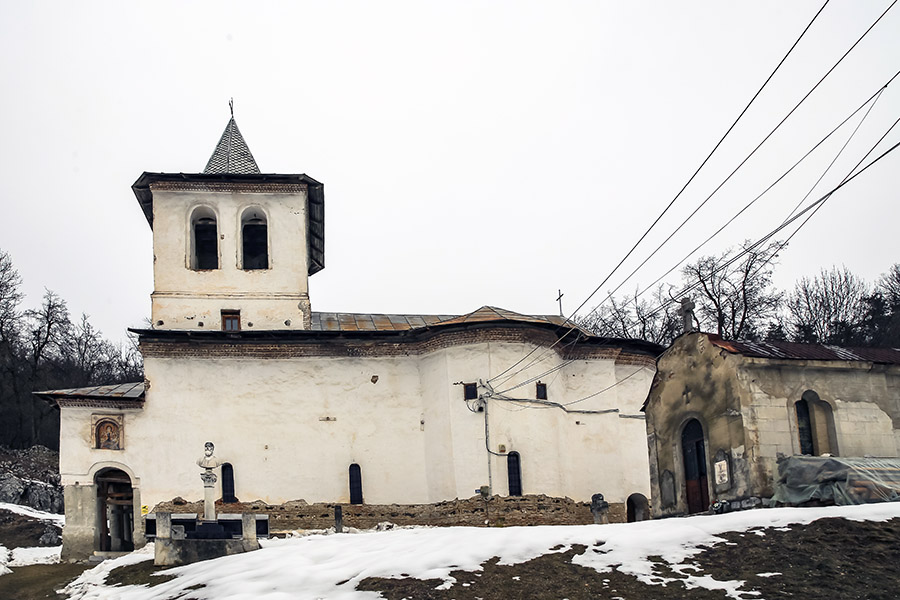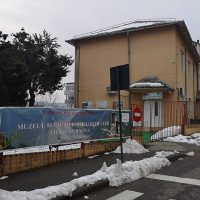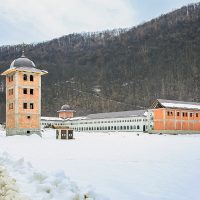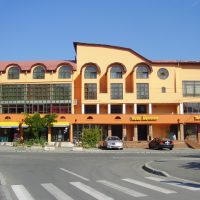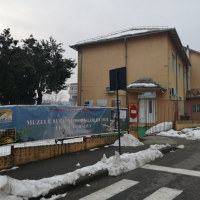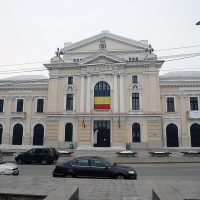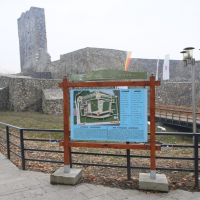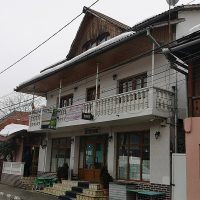








It was built, according to tradition, at the urging and with the help of the ruler Constantin Brancoveanu, by Milco Băiaşul, the head of the local miners, supported by Cornea Brăiloiu, the big ruler of Oltenia. The building of the church began on May 22, 1699, being erected in a single year (1700). However, due to the delay in painting and the lack of money, the church was consecrated only on May 7, 1703. It is assumed that there was an older monastery here, so we are talking about a rebuilding. The Baia de Aramă Hermitage (sometimes appears in documents as a monastery) was dedicated, before 1718, to the Hilandar monastery at Mount Athos (probably even by Milco Băiaşul, a Serbian ). Being a settlement of monks, Baia de Arama remains in history also through its involvement in the Revolution of 1848, the prior Gherasim, abbot of the monastery since 1832, being a fervent supporter of the peace movement. Following the secularization of 1863, the founding of Milco Băiaşul became a church of chrism. It was re-established in 2008 as a nun’s settlement. From the old edifice there is still the church and traces of the surrounding wall of the monastery, probably erected at the end of the 18th century. The painting by Neagoe and Partenie (the last being a hieromonah in Tismana), still shows us the faces of the founders: Milco Băiaşul, Mara, his wife, their four sons (Milco, Gheorghe, Nicolcea and Semen) and the family of the great boyard Cornea Brăiloiu: the wife Stanca and their two sons, Barbu and Constantin. All of them are painted on the walls of the church in Baia de Arama together with the ruler Constantin Brancoveanu.
Download PDF